Meet the Dust Mites, Tiny Roommates That Feast on Your Skin
With the warming weather it’s the season for spring cleaning. But before you reach for the broom and mop, take a moment to look at who else is sharing your home with you. The number of uninvited guests you find in your dustpan may surprise you.
A recent study published in the journal PeerJ took up the challenge of cataloging the large numbers of tiny animals that live in human dwellings. The researchers found that the average home contains roughly 100 different species of arthropods, including familiar types like flies, spiders and ants, but also some kinds that are less well known like gall wasps and book lice. And no matter how much human residents may clean, there will always be a considerable number of mini-roommates.
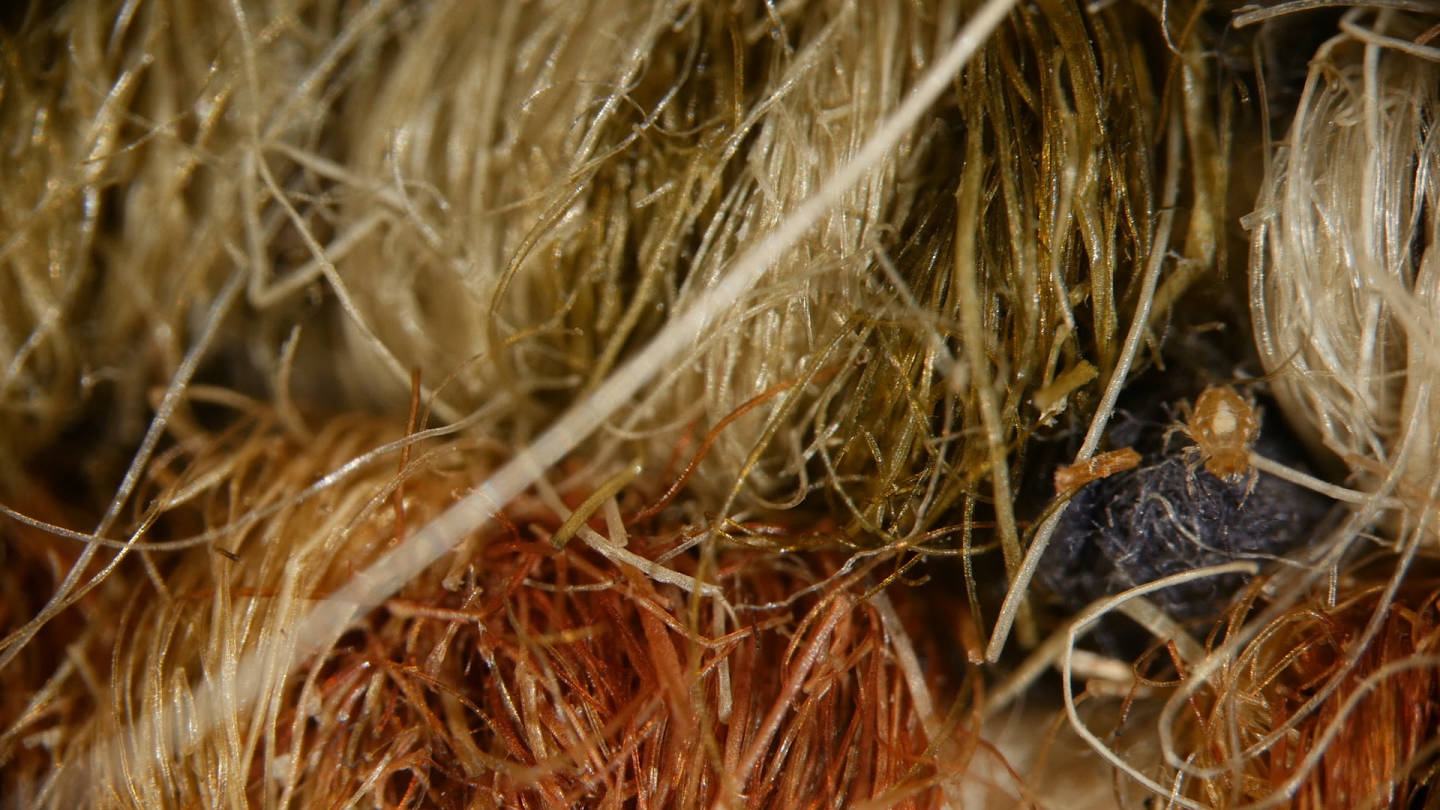
“Even as entomologists we were really surprised. We live in our houses all the time, so we thought we’d be more familiar with the kind of things we’d come across. There was a surprising level of biodiversity,” said Michelle Trautwein, assistant curator of entomology at the California Academy of Sciences in San Francisco.
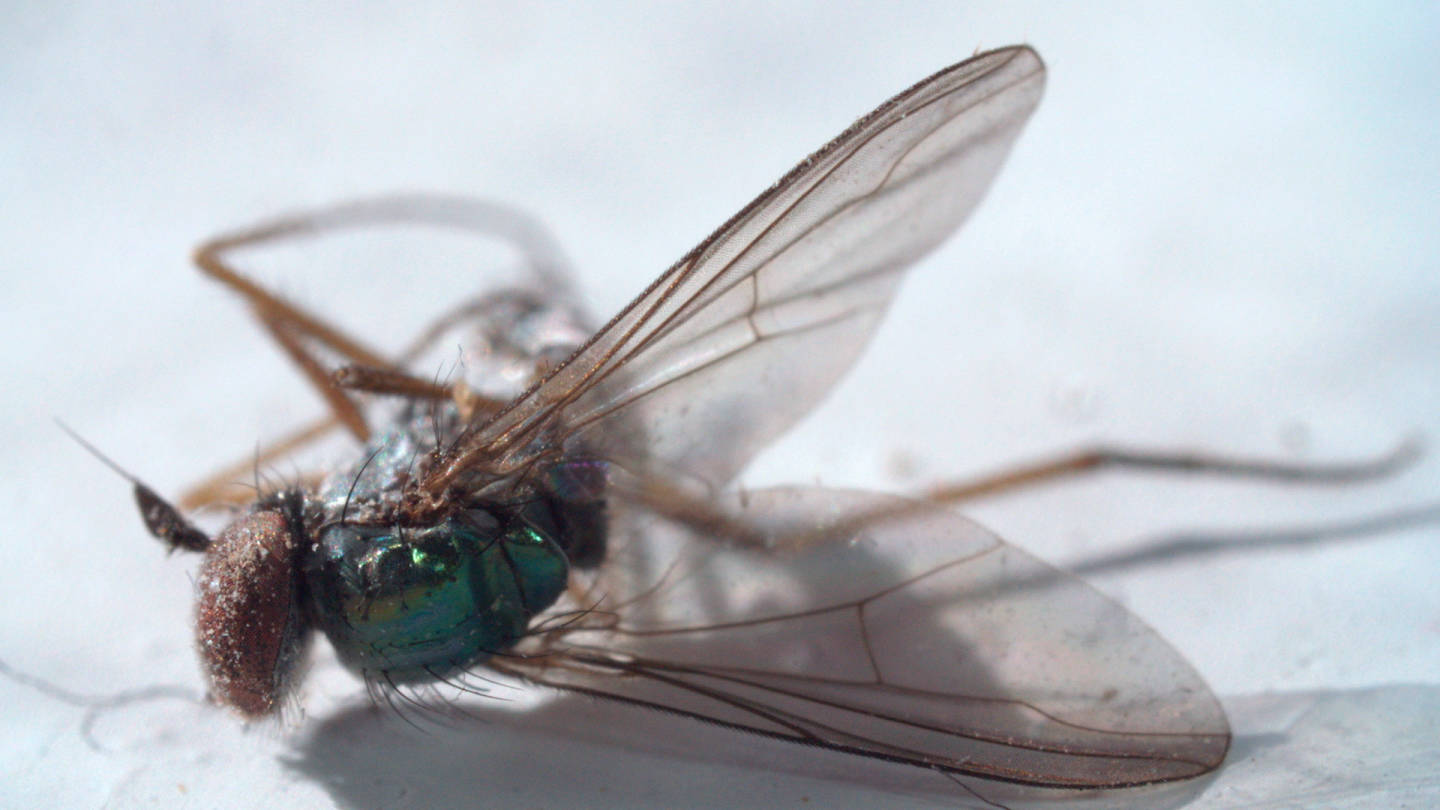
Trautwein lead the research team that donned headlamps and knee pads and unsheathed forceps before scouring residences in North Carolina for arthropods — creatures that have exoskeletons, multiple appendages and segmented bodies. The researchers collected dust from corners, flies from windowsills and spiders from under sinks. They also sampled the dust in people’s carpets and rugs using a handheld vacuum cleaner.
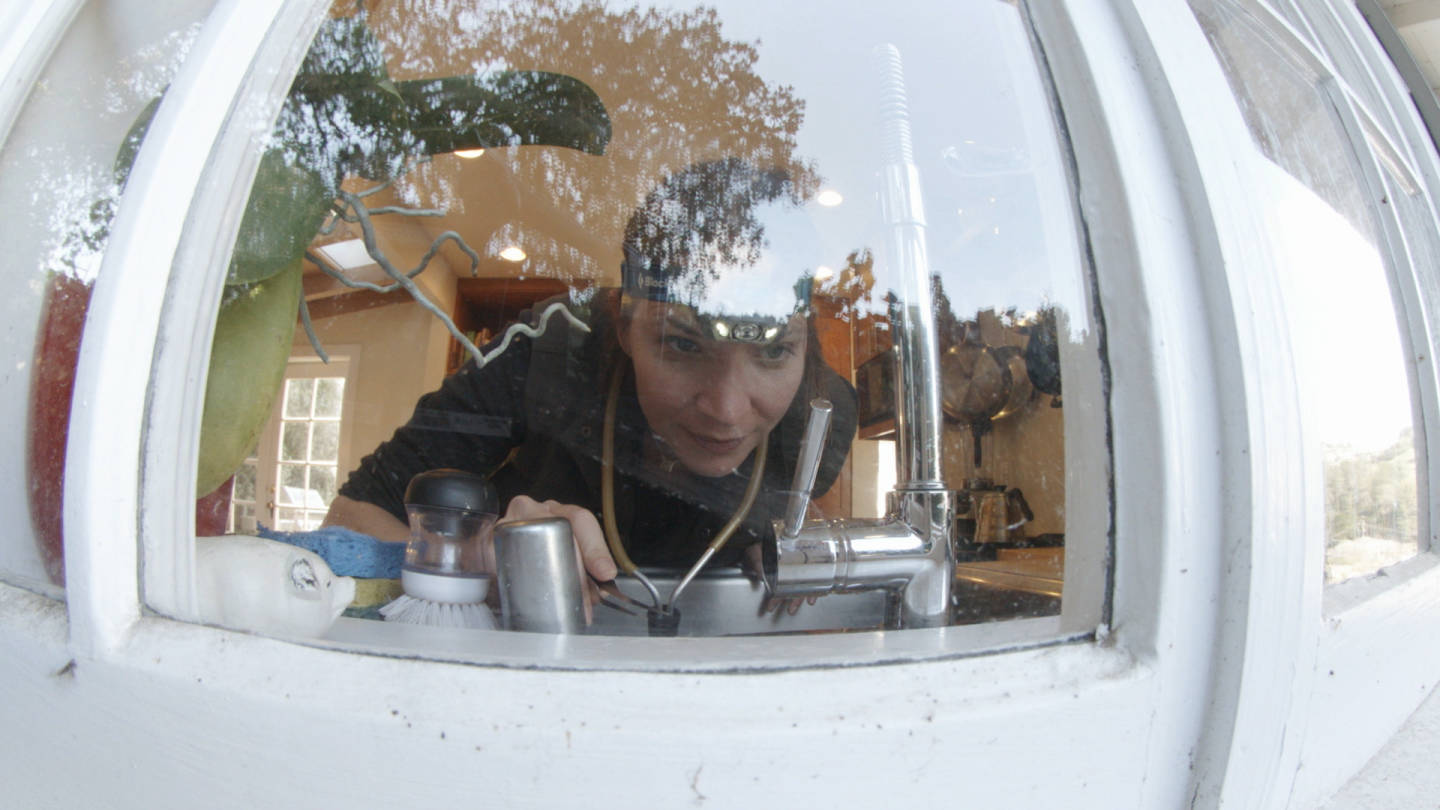
The samples were painstaking analyzed by a team of entomologists using both genetic analysis and traditional visual microscope identification.
The study found that homes with kids and pets had a greater number of different types of these diminutive lodgers. They also found that there are more species on lower floors of a building than higher floors. Common rooms, carpeted rooms and rooms with more windows and doors to the outside also had a greater diversity of guests.
Many of the animals found were not pests but simply creatures that filtered in from outside.
“The vast majority of things we found don’t bite or sting or feed on our food. Most of them have no effect on our daily lives,” said Trautwein.
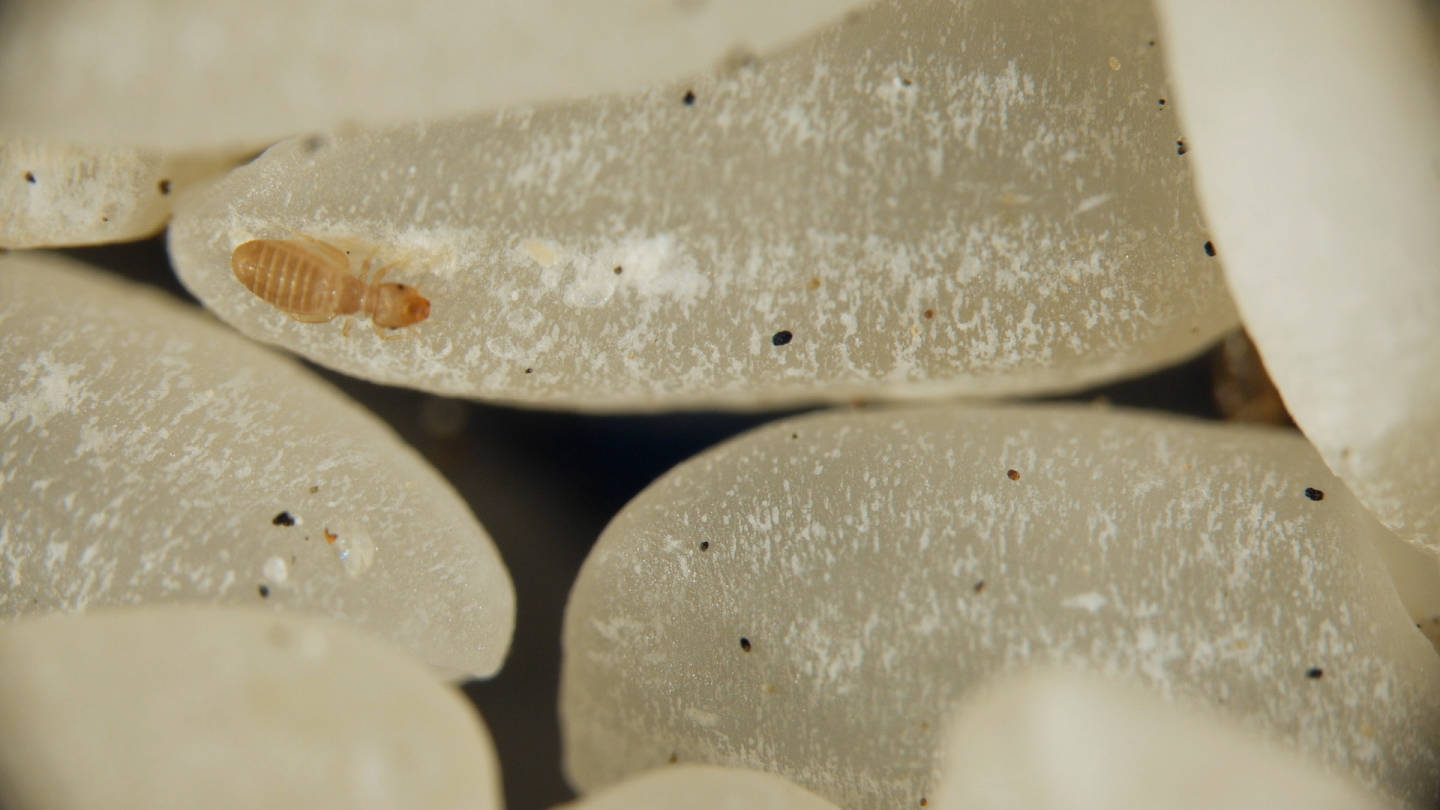
It was the advent of agriculture that resulted in humans creating permanent housing which presented a new ecosystem for other animals as well. Many of those roommates live in house dust, a collection of dirt, lint, pollen, hair and pet fur. A large amount of house dust is actually comprised of dead skin that constantly rains down as it’s shed by humans and pets. That skin is a constant source of food for one of the most common tiny bugs found in our homes — house dust mites.
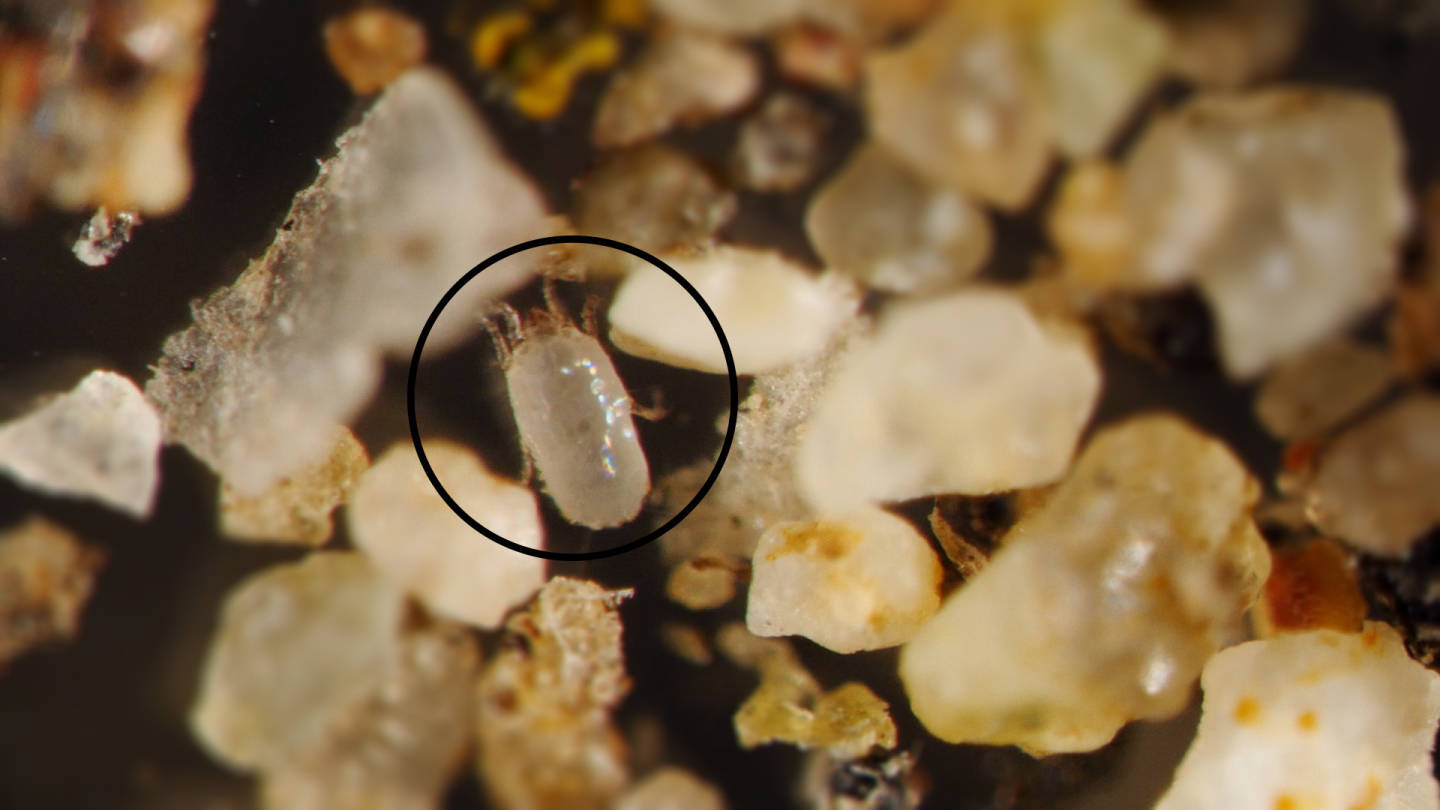
Dust mites are arachnids, relatives of spiders. They’re tiny. Five can fit in 1 millimeter on a ruler. They are barely visible by the naked eye. They look like little translucent jelly beans with legs that they use to crawl around among the dust. They don’t hunt, instead munching on the dead skin flakes that we unknowingly feed them every day.
Dead skin is mainly composed of keratin, a tough structural protein that also gives shape to nails and hair. It’s not a particularly nutritious food, but it is abundant. Dust mites use powerful enzymes to break it down and digest it. After that dust mites produce waste pellets at a prodigious rate. In addition to feces, dust mites shed their exoskeletons as they grow. These two appealing materials contribute to the overall bulk of dust in our homes.
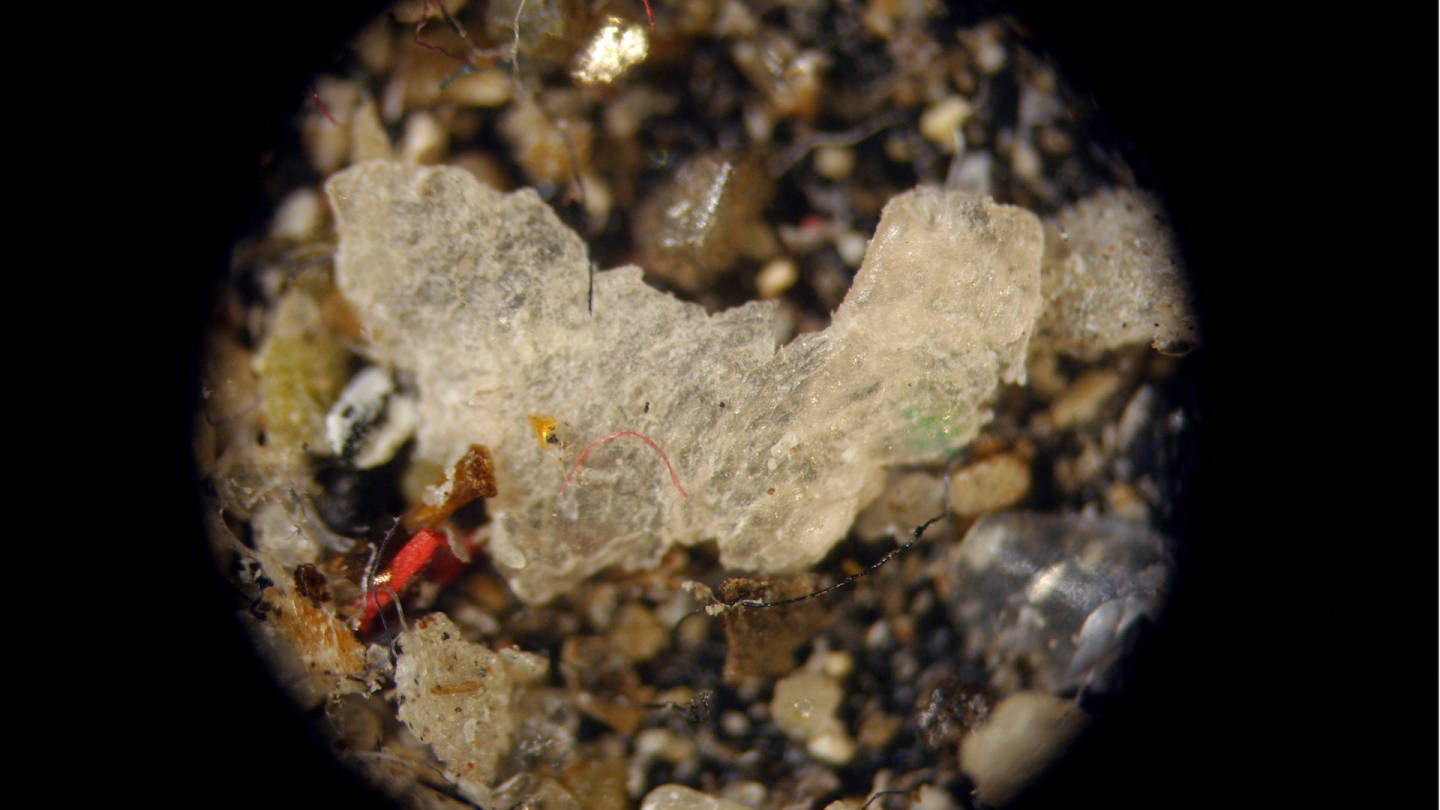
Some of this has effects on people. When dust gets kicked up, people breath in the droppings and the enzymes within them can cause an allergic reaction in the lungs. Those enzymes that are left over in the dust mite’s droppings have been found to be a major causes of allergic reactions and are associated with childhood asthma.
But dust mites didn’t always live in our homes. Researchers at the University of Michigan found evidence that the ancestors one type of dust mite that can be found in human homes once made its living as a parasite that lived on birds. At some point, the mite spread to also live in bird’s nests and found the conditions there quite acceptable. Nests are kept warm and humid by birds and dander and feathers from molting nestlings provide nourishment. They’re an unusual animal because dust mites were able to go from free roaming to parasitic before returning to the free living lifestyle they have today, an example of reversible evolution.
For those who are less welcoming of these unexpected guests, you can ditch the wall-to-wall carpets, vacuum and mop often and reduce humidity, because dust mites are not usually found in dry climates. Regardless, it’s practically impossible to rid a home of all of arthropod visitors.
“We are very much a part of the natural world and even our homes that may seem more sterile are not exempt from that, ” said Trautwein. “When we think about wild areas, it’s exciting to think that even our homes are still these unexplored areas waiting for more discoveries to be made.”